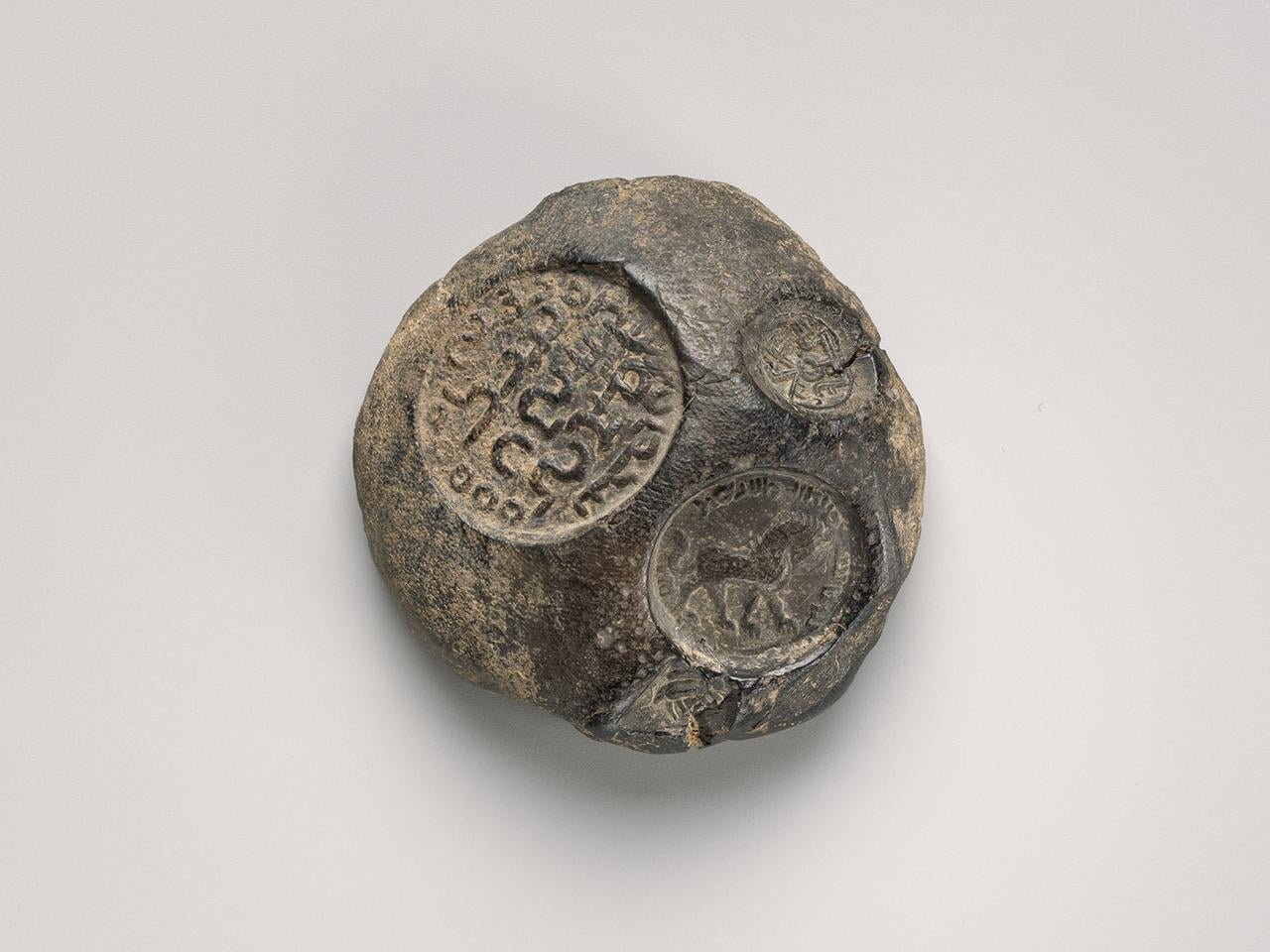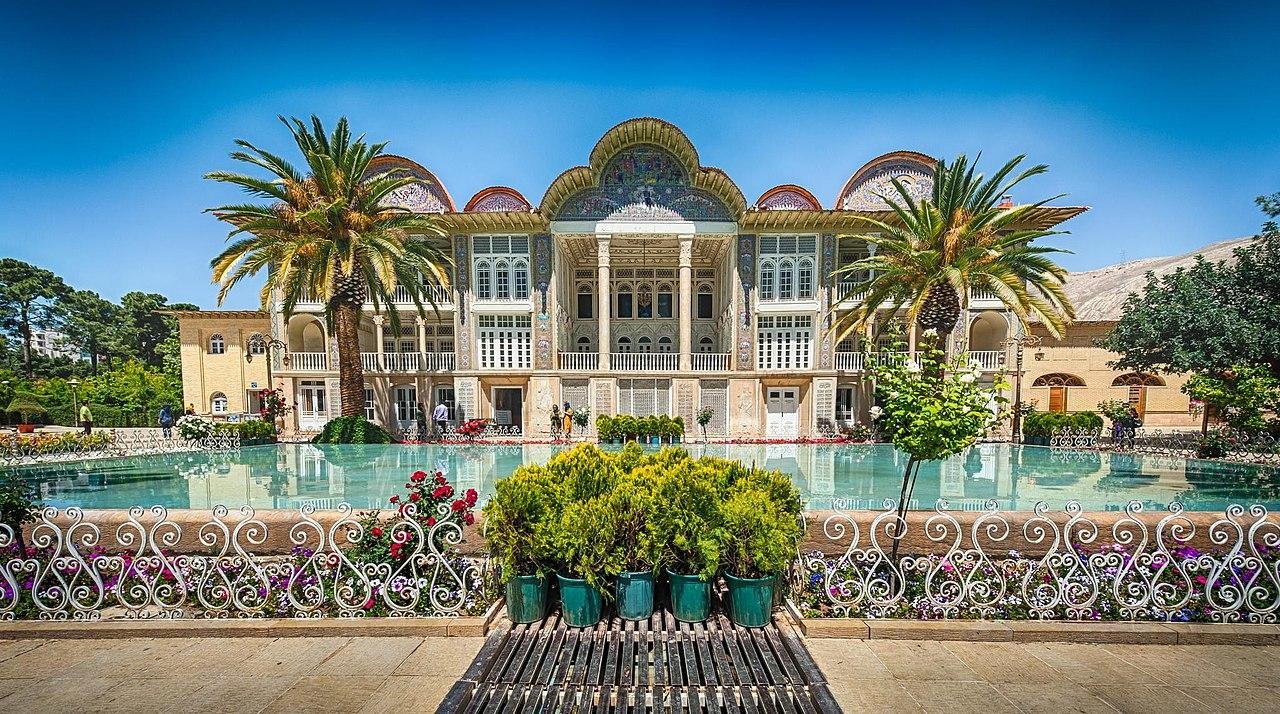Archaeologists have identified the name “Shiraz” inscribed in Pahlavi script on a clay sealing dating back to the Sᴀssanid era. This ancient city, located approximately 60 kilometers south of Persepolis, once served as the ceremonial capital of the Achaemenid Empire.
 The sealing was unearthed near Shiraz at the site of Qasr-e Abu Nasr. Credit: The Metropolitan Museum of Art
The sealing was unearthed near Shiraz at the site of Qasr-e Abu Nasr. Credit: The Metropolitan Museum of Art
The artifact, unearthed near Shiraz at the site of Qasr-e Abu Nasr, has been a subject of intrigue since its excavation by experts from the Metropolitan Museum of Art in the 1930s.
The sealing, now housed at the Metropolitan Museum of Art in New York, was among over 500 similar sealings discovered at the Sasanian fortress of Qasr-e Abu Nasr. These artifacts were preserved due to a fire that occurred at the site, baking the clay and retaining the seal impressions.
Iranian archaeologist Mohammadreza Nasab-Abdollahi, speaking to ISNA news agency, confirmed the deciphering of the inscription “Mugh-e Shiraz” on the Sᴀssanid clay sealings. Nasab-Abdollahi explained that these sealings, made of clay and imprinted with seals, were used to seal documents and goods, showcasing a durable quality due to their firing process.
 Qasr-e Abu Nasr. Credit: Wikimedia Commons
Qasr-e Abu Nasr. Credit: Wikimedia Commons
Qasr-e Abu Nasr reveals a cultural sequence spanning from the Achaemenid to the Abbasid era. Artifacts from the Achaemenid era, such as inscribed bricks from Persepolis, complement the findings from the Sᴀssanid period, corroborating the historical continuity of Shiraz as an important city in ancient Iran. Nasab-Abdollahi highlighted the diverse administrative systems, techniques, and defensive structures uncovered at the site.
The discovery reinforces Shiraz’s rich historical legacy, dating back to the Parthian period and flourishing through the Sᴀssanid era. The city served as a vital center of Persian culture for over two millennia, renowned for its contributions to poetry, education, and craftsmanship.
 Credit: The Metropolitan Museum of Art
Credit: The Metropolitan Museum of Art
Notably, Shiraz was the capital of Iran during the Zand dynasty and continues to attract both domestic and foreign tourists to its ancient sites and historical gardens. Eram Garden, Afif-Abad Garden, the Tomb of Hafez, and the Tomb of Sa’di are among the notable attractions that showcase Shiraz’s cultural and architectural heritage.
 Eram garden, shiraz, Iran. Credit: Amirhossein Khodayari
Eram garden, shiraz, Iran. Credit: Amirhossein Khodayari
The Sᴀssanid Empire, spanning from 224 to 651 CE, held significant influence over the region, with its territory encompᴀssing present-day Iran, Iraq, Armenia, Afghanistan, and parts of surrounding areas. The empire played a crucial role in shaping the history of Persia and its interactions with neighboring civilizations.





